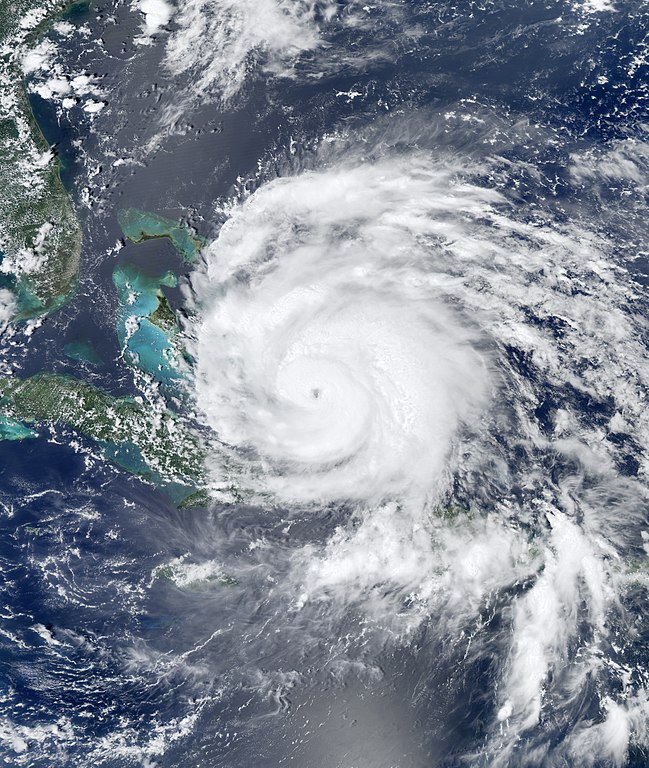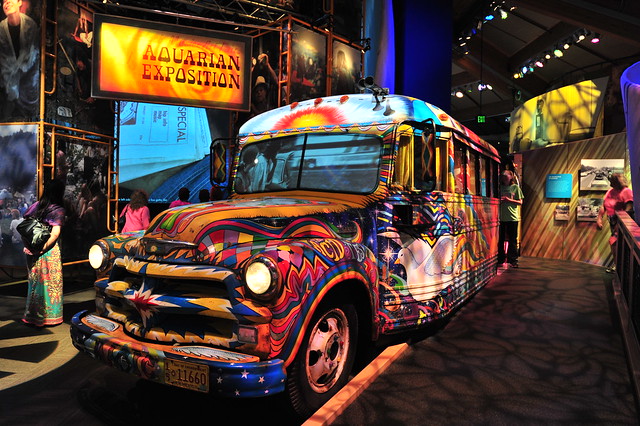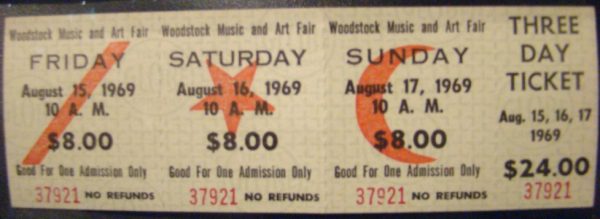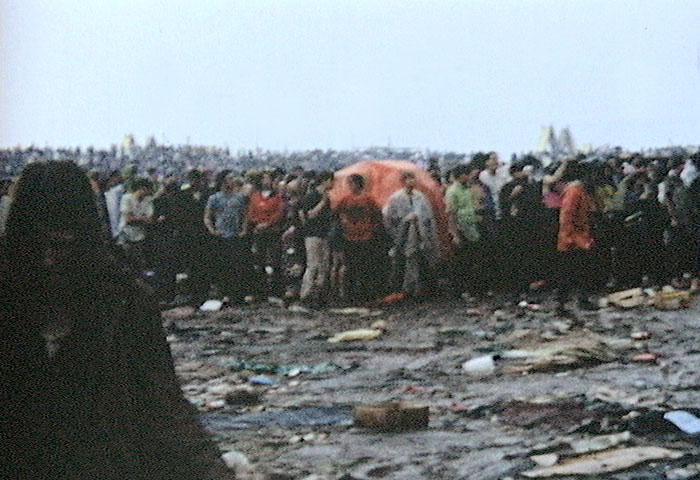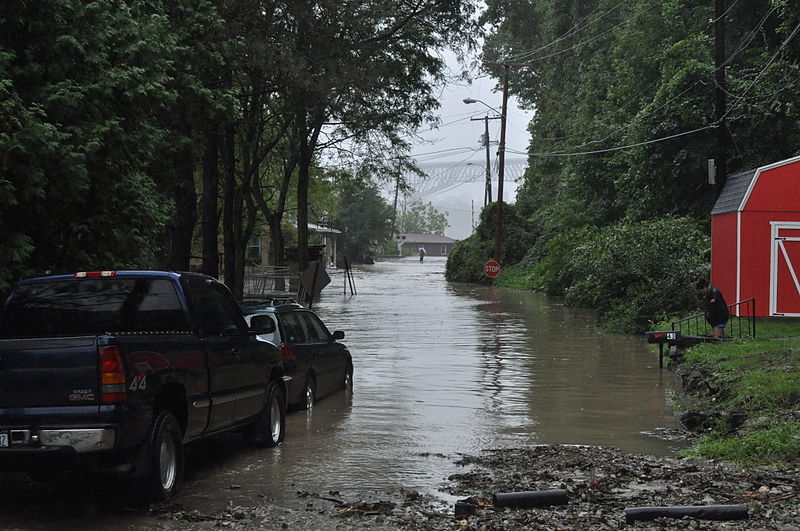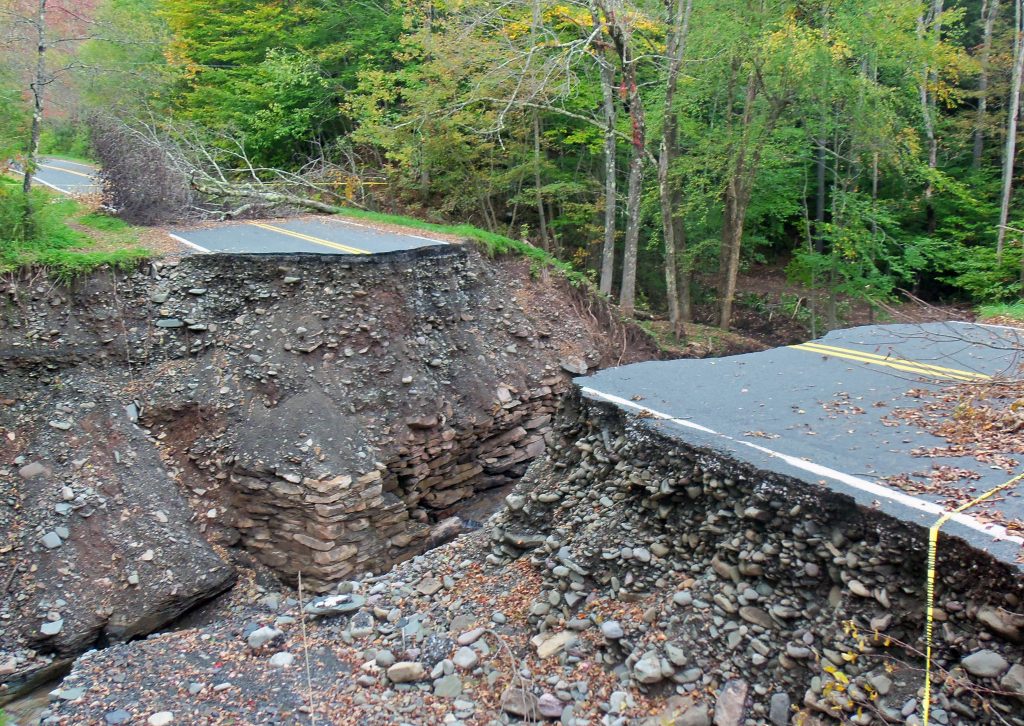I’m pleased to announce that the Charter for the Resilient Identifiers for Underserved Populations work group (RIUP WG) was approved by the Kantara Initiative Leadership Council earlier this week. This work group combines the legacy work groups (WGs) from the Identity Ecosystem Steering Group, which was formed in 2011 to provide a trust registry under the White House’s National Strategy for Trusted Identity in Cyberspace and absorbed by Kantara in 2018. I was a member of the UX Committee and wrote the User Experience Guidelines and Metrics document for the ID Ecosystem Framework Registry.
For the RIUP WG, two groups, Federated Identifiers for a Resilient Ecosystem (FIRE WG) and Healthcare ID Assurance (HIAWG) were combined to address identity assurance concerns for underserved people, who are often referred to as “vulnerable populations” by healthcare sector.
1) WG NAME (and any acronym or abbreviation of the name): Resilient Identifiers for Underserved Populations Work Group (RIUP WG)
(2) PURPOSE: The purpose of the Work Group is to support vulnerable and underserved populations in America. At a high level, these populations include those with physical and cognitive disabilities, or who are homeless, impoverished, senior citizens, immigrants, incarcerated, institutionalized and otherwise underserved minority groups that need digital credentials to access online resources; particularly, online healthcare and financial resources. Without an easily reusable identifier, it is nearly impossible for these individuals to gain secure access to the resources and services that may be available to them.
We will work, in collaboration with other private sector and public agencies towards establishing identifiers and access management (IAM) solutions that respect privacy, promote efficiency, limit redundancy, reduce barriers to use/adoption, increase interoperability, improve security, enhance safety and trust, eliminate identification errors, support resiliency, and achieve greater empowerment across the entire spectrum of online transactions. The RIUP WG will identify, coordinate, innovate and harmonize with ongoing and emerging identity initiatives, standards, and technologies, and communicate our findings to all relevant stakeholders, both in the US and, selectively, with other countries, under the leadership of the Kantara Initiative.
(3) A SCOPE – Guidelines for Cultivating a User-Centric Trust and Promoting Adoption within Underserved Communities
About “Underserved Populations”
Why does the RIUP WG use “underserved” rather than “vulnerable” when discussing the needs of healthcare populations? The US Health and Human Services tends to use “vulnerable” or “vulnerable and/or underserved” when discussing needs of people who require healthcare services but do not reflect the typical healthcare technology user.
In human subject testing, the category generally includes the elderly, poor, pregnant women, children, and infants, and recently, incarcerated people have been included in this description. But for the purposes of access to healthcare services, it also includes rural populations, those with permanent and temporary disabilities, indigenous peoples and others who may object to being described as vulnerable, yet need services that may be difficult to find, therefore rendering them “underserved.”
I had a conversation with Dana Chisnell, a founding member of the US Digital Service now serving as Deputy Design Director at US DHS, who convinced me to use “underserved” as a descriptor for identifiers. While there will still be “vulnerable populations” requiring special services, “underserved” puts the onus of care on the service provider rather than the traits of an individual which may or may not reflect their needs, abilities or level of personal agency. This work follows my research interest at the Internet Safety Lab where we are changing the conversation around digital harms, where the outcome of a service or lack of service can be harmful.
What’s Next?
RIUP WG will begin by creating guidelines for cultivating a user-centric trust registry and promoting adoption within Underserved Communities. We will publish a Use Case for Trusted Identifiers for underserved populations. And with a universal design strategy we will emphasize, highlight and prioritize user scenarios/stories from vulnerable and underserved populations to improve services for all users. We will test the use case and user stories across different verticals and persons of varying backgrounds and cultures. And we will create a dictionary that is harmonized with industry terminology.
There are a lot of initiatives that we will be watching. NIST is drafting 800-63-4 Digital Identity Guidelines, so we will work on comments on how to incorporate the needs of underserved people. The HSS Office of the National Coordinator (ONC) referenced trust registries in its work on Social Determinants of Health for Medicaid and we are participating in its information forums. We also plan to update the MAAS draft to incorporate recommendations from these efforts.
Lots to do and a great time to get involved.
Great teamwork!

